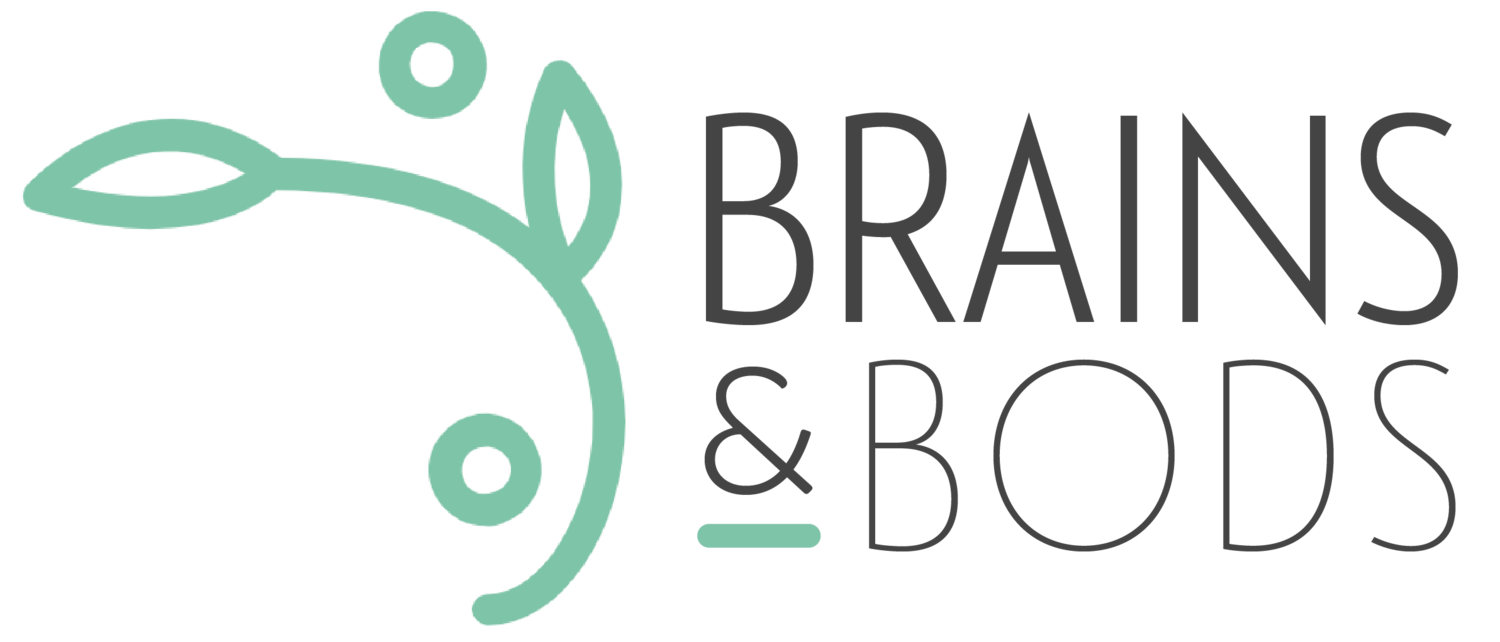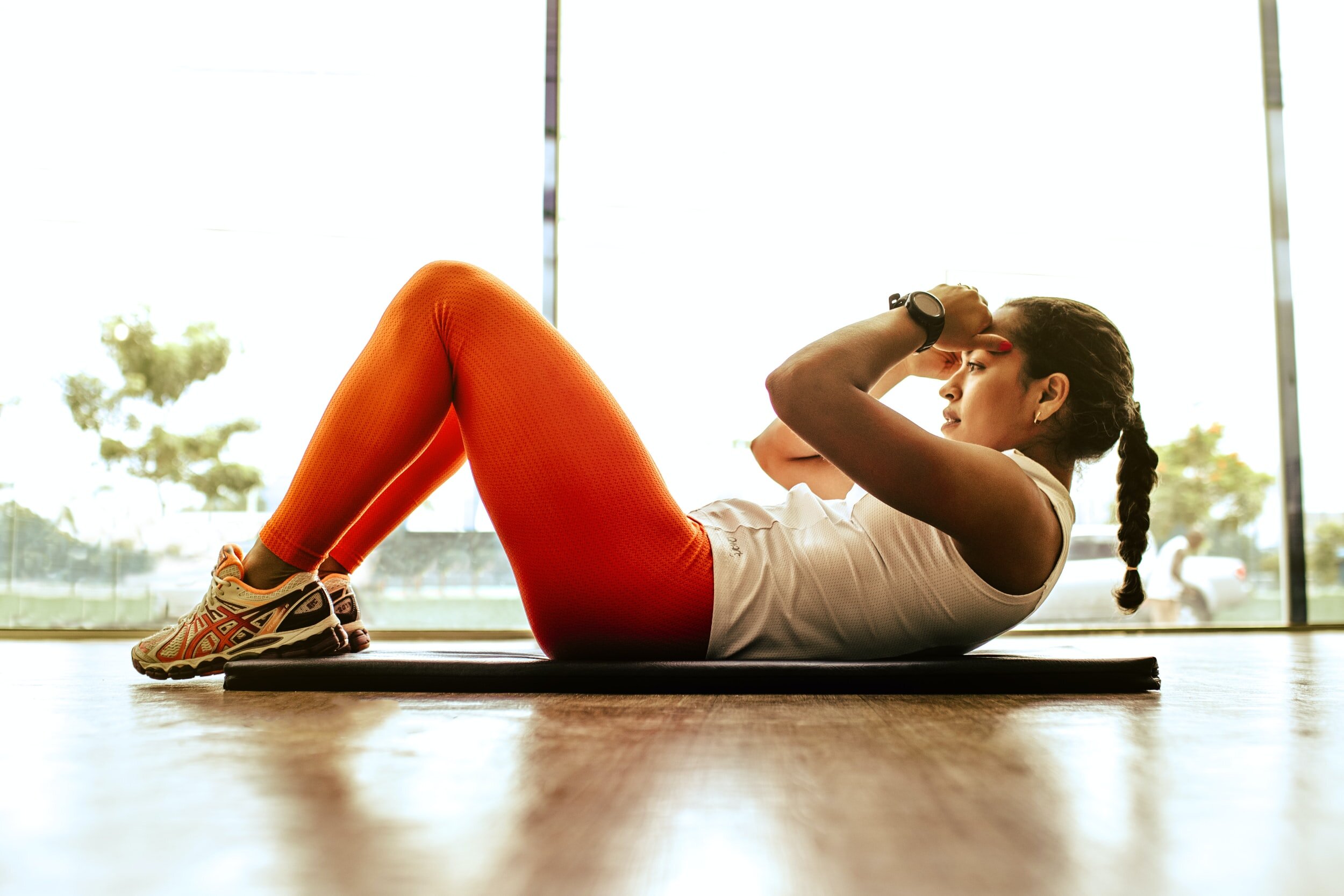6 Beneficial Low-Impact Exercises
It can be tough trying to find exercises that work well for your body. Many people go through the cycle of starting exercises like running or a boot camp series where they end up with a sore back and hurt knees. Even with minor injuries, it can set you back. It causes people to take a break from exercise and also leaves them feeling discouraged from trying something new or getting back into shape. If this sounds familiar, consider giving low impact exercises a try.
What are low impact exercises?
Low impact exercises allow for less stress on our joints. This is important because our joints endure a lot of stress throughout our lifetime. Our knees, hips, and shoulder joints start to wear down which can lead to many different impairments, such as arthritis, tendinitis, torn ligaments, and joint pain. Some impairments cannot be remedied by exercise or medication alone and can require surgical intervention. We definitely want to avoid this at all costs, but at the same time we want to keep our bodies strong and feeling good.
What are the benefits of Low-Impact Exercises?
These types of exercises can work our cardiovascular system, increase flexibility and build strength, while still keeping joint stresses to a minimum. Especially as we age, there is less wear and tear on the joints and usually less pain involved while engaging in these types of exercises.
The list of low impact exercises can go on and on (kayaking, rollerblading, elliptical etc.) but here are some favorites that are all encompassing and can be done by anyone at any exercise level.
Yoga
Yoga is great in combining mind and body awareness with gentle, but effective movements. There is a combination of holding various positions and using your own body weight to strengthen muscles. Increasing flexibility is an added bonus! Don’t be intimidated to try it because you’re not flexible. There are many types of yoga as well as many modifications that allow for anyone at any level to participate. (There’s always chair yoga!) Increasing the speed of flow and movements also allow for cardiovascular effectiveness as well. Whole body movements are used throughout, yet they are still gentle on the joints.
Swimming & water aerobics
Swimming is a great low impact exercise. In fact, the buoyancy of the water allows for very little pressure or none at all. Of course, swimming works the entire body at once. Not only are you working on endurance, but you’re strengthening muscle as your body fights the resistance of the water.
Swimming laps gets your cardiovascular system working without any joint compression. If you're performing water aerobics, depending on how deep you are in the water (waist height vs. chest height) there is also very minimal joint pressure. Water “weights” can be added for increased resistance for strengthening exercises as well. I often recommend pool exercise to those with arthritic and painful joints.
Pilates
There are a few different types of Pilates exercises. Some involve equipment, but in any style you choose there is little impact on the joints. All exercises involve activating the core while arms and legs are moving. There are many combined movements as well.
Repetitions stay low with a varied number of exercises. There are mat exercises, reformer exercises, Pilates chair exercises, and Tabata. All these types involve strengthening by using a combination of band resistance and added free weights for extra challenge.
Cycling
Cycling gets the heart pumping, working cardiovascular endurance and muscle endurance as well. This type of activity is more focused on lower body muscle endurance. Resistance of the bike can be changed for added challenge and increased strengthening.
For those who struggle with knee pain during jogging or walking, cycling can be a great alternative for cardiovascular exercise.
TRX
There is an endless amount of body weight and unweighted exercises you can do with TRX cables. Depending on the exercises, part of your body can be suspended, making it really challenging for your core muscles. You can work on full body strengthening and also flexibility. It's a great way to work the muscles of your entire body at once.
I would recommend trying a class first before purchasing, as it can be daunting when first starting to use it. You’ll come to recognize you can use it for any type of exercise. You can even add it to your Pilates routine!
Walking/Hiking
Of course there is some impact on your joints with walking, still it's much less than other high impact activities. Walking and hiking are great for cardiovascular exercise in general. Hiking provides more of a challenge due to uneven surfaces and climbing, depending on the trail. Inclines and declines will also be challenging, something to keep in mind if you want minimal stress on your knees. Overall, it's great endurance training and cardiovascular exercise.
Low impact exercise is beneficial for everyone, but especially if you have painful joints or old injuries that are susceptible to flare ups with high impact activity. These types of low impact exercises are generally safe as you age and will be much easier on your body long term. Consider giving some of these types of exercises a try, then noting how they affect your body.
Be consistent with what works for you. Any combination of these exercises will give you results, if you stay the path, but you have to do what's best for you.















Do you struggle with side planks? Try a modified version on your forearm and knee. You can add different exercises in this position to work the side body while working towards a full side plank.